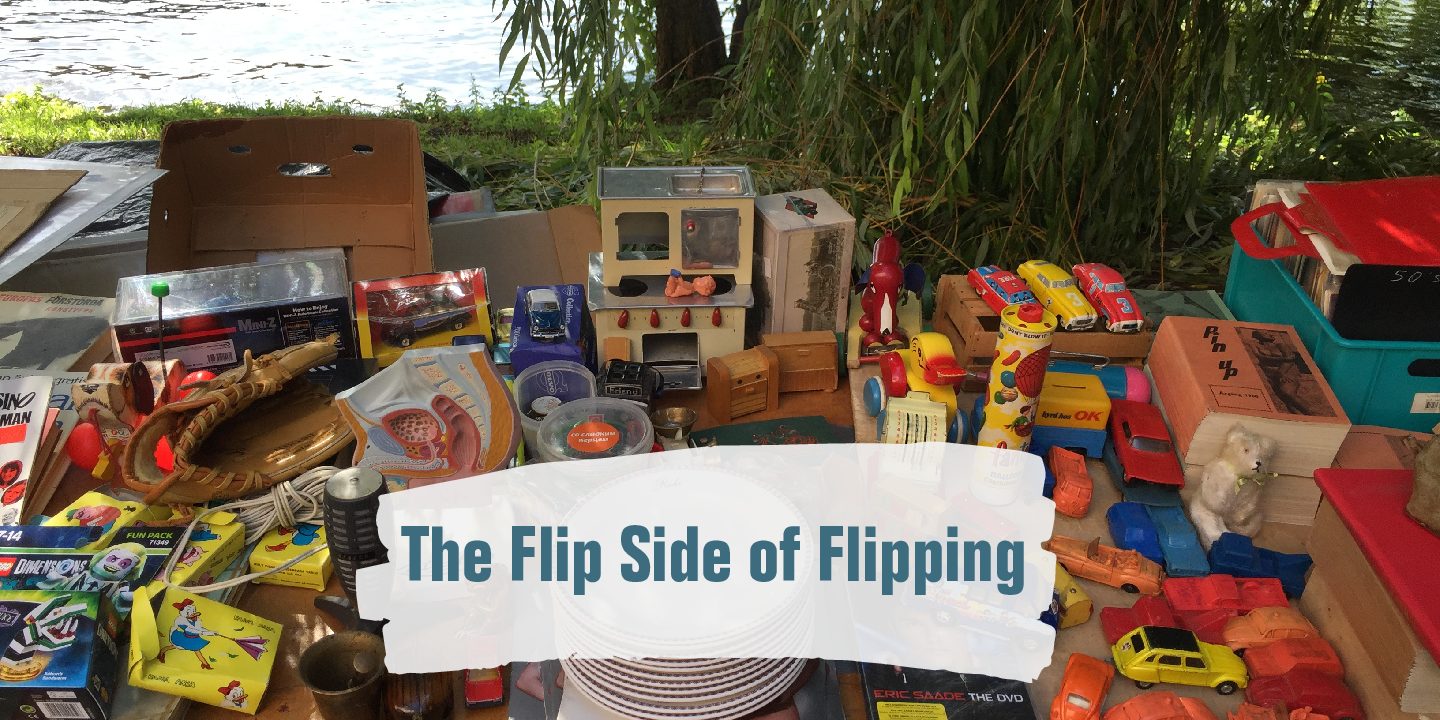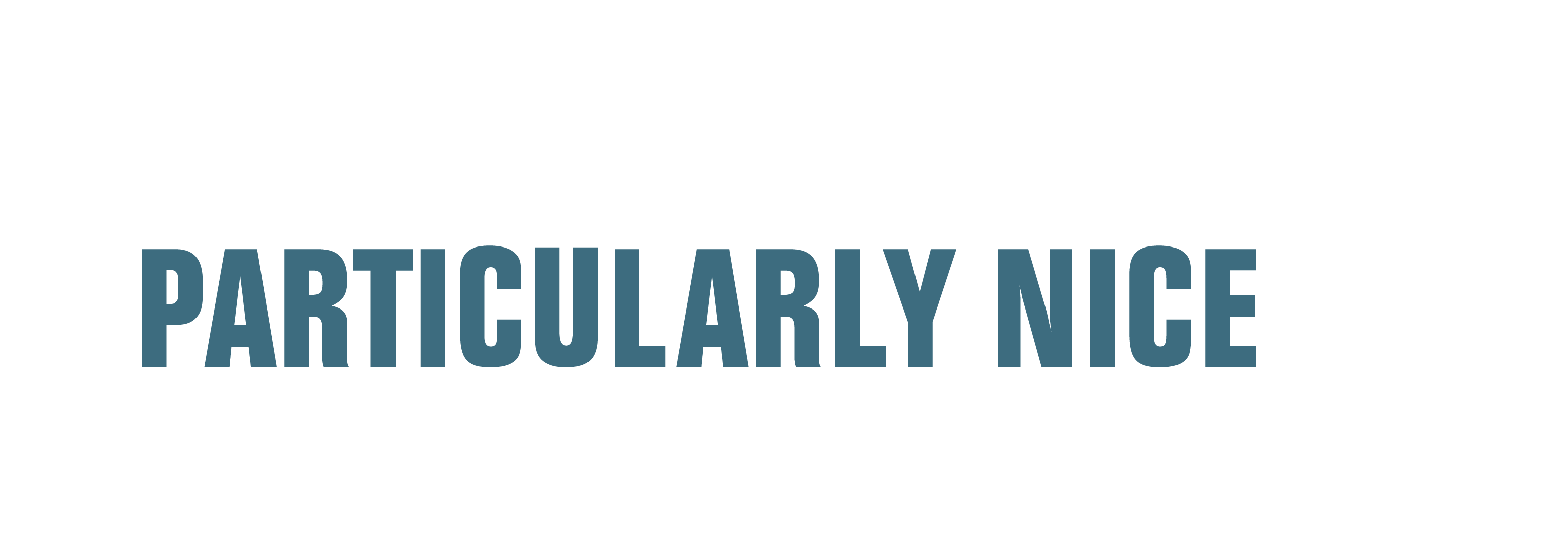
The vintage business* is fun, diverse, and exciting. It’s easy to start, perfect to run from home, and it offers quick financial rewards. On the flip side, it can be highly competitive, inherently inefficient, and deceptive about its true costs. Which side prevails? You’re the one to judge!
1. Super-easy to start… Even for the competition
On the bright side, the vintage business is one of the easiest businesses to start these days. It has, as they say in the theory of competition in economics, very low barriers to entry**. Indeed,
You’ll need very small – if any – initial investment. Literally just a few dollars can buy some initial inventory that can be sold at a profit. Proceeds can be reinvested to buy more inventory. It’s even possible to start with zero dollars if you find a few vintage things at home. Really, a phone is all you need to start listing and selling.
With the proliferation of free or cheap e-commerce platforms, there’s no need to rent a storefront, all can be sold online. Nor is there a need for a warehouse / storage, unless the business reaches a significant size.
There’re no regulatory hurdles, or patent and license requirements. All you need to start selling professionally is a Seller’s Permit, which in California is free and takes just a few minutes to apply for online.
The flip side is of course that the barriers to entry are low for EVERYONE. If I can start selling vintage today, so can everyone else.
In addition, because most vintage dealers are small and many sell on huge e-commerce platforms like Ebay, Etsy, or Poshmark, price comparison is easy, switching costs are zero (unlike if one wanted to switch from one cell phone provider to another), and product differentiation is practically non-existent.
With little product differentiation I mean that most vintage dealers sell industrially produced goods from the past. Beyond art, one-of-a-kind or custom pieces are rare. Sure, each dealer sells a unique mix of goods, all in a particular condition, with perhaps limited availability at a specific point in time in a specific market. Yet, the absolute majority of vintage pieces were at some point produced in the hundreds, thousands, or millions. From a customer’s perspective, an item (or its close enough substitute) will pop up eventually if s/he has some patience.
In sum, the vintage business is a super-easy business to start. BUT be prepared for a highly competitive market with lots of small actors. What’s more, vintage dealers compete not just for customers’ attention but also for inventory.
2. Fantastic margins … Until one calculates all costs
The vintage business is a very grateful business in the sense that it can be profitable from day one. You can buy an item in the morning and pocket the profit by the end of the day.
Every dealer has a story of a fantastic flip, like finding an item for a dollar and selling it for a hundred. One of my best flips so far was a designer chair that I bought for $15 and sold for $880. That’s a ridiculously high margin of 98%, right?
Right!.. Unless I calculate ALL the costs, like any serious business would.
My costs should really include:
- $80 selling fee,
- a day spent on buying supplies and cleaning dirt and nasty glue off the chair: 8 hours @ $15 minimum CA wage + $21 in cleaning supplies,
- photographing, listing and responding to customer messages: 2 hours @ $15 minimum CA wage,
- gas & tolls for driving 100 miles to get the chair and 200 miles to deliver it: 6 hours @ $15 minimum CA wage and at least $60 for gas and tolls. From this, I should deduct a $30 delivery charge (my delivery range is typically smaller but I offered it as a courtesy to the customer).
This instantly brings the margin down to 53%. That’s not as sexy as 98% but still pretty good, right?
If I were a proper business doing a proper price and margin calculation, my costs should also include a tiny chunk of overheads, such as the money I’ve spent on a camera to take photos; a computer to list; a printer, ink, and paper to print the invoice; as well as my monthly Internet and cell phone charges.
Additionally, my costs should include a fraction of my time spent on social media, markets preparation, booth ‘fluffing’, etc. – all the ‘unproductive’ activities that are hard to attribute to any specific product. And frankly, I’d love to pay myself a little more than $15 per hour :).
This sums up the flip side of the business: it’s hard to adequately price all the overheads, and I suspect far from all vintage dealers do it. In truth, I only get fully aware of all my costs at the end of a year when I do my taxes. The final picture is always a little less rosy than I initially thought.
3. A perfect work from home business… Until it takes over the home
Depending on the setup, the vintage business can be run with zero storage, storefront, office, and personnel costs. It’s possible to successfully manage the business as a one man show, work as many or as few hours as you want, work any time of the day and any day of the week. The freedom and flexibility in the vintage business are fantastic.
The flip side of it is that the vintage business involves stuff. Stuff, unless organized and controlled, tends to accumulate and multiply. From a cluttered closet it spreads like fire to a home office, basement, shed, garage, laundry room, or a living room… Project pieces, things to test and mend, things that are hard to find comps for are particularly treacherous. I haven’t been able to park in our garage for three years, and my home office looks more like a minefield than an office, with little piles everywhere.
It requires time and discipline to organize storage, to monitor and get rid of stuff that doesn’t sell, and to be realistic about the number of project pieces. Stuff accumulation is such a common issue that there’re online Death Pile Support Groups and a whole page of Reddit threads on dealing with Death Piles (spoiler: buy less!).
4. Diverse and never boring… Or always reinventing the wheel?
The vintage business offers a fantastic diversity of products, and many we will only ever sell once. It involves a great diversity of activities: sourcing, cleaning, refinishing, organizing, researching, listing, photographing, setting up and maintaining a booth, vending at markets, talking to customers, shipping, delivering… It often means going to lots of different places: interesting homes at estate sales, ever-changing thrifts, markets, and auctions. In other words, it’s a highly diverse and rarely boring business. There’s always something new to try and something new to learn.
The flip side of diversity is that’s it’s really hard to achieve economies of scale. With so many different activities, it is hard to specialize and thus become more efficient. Many businesses are too small to outsource. Inventory typically consists of lots of individual products, each of a different size, weight, and provenance, which means that listing and shipping efficiency are hard to achieve. Sourcing, too, is inefficient because it often involves uncertainty. The list goes on.
Surely, there are ways to improve margins, achieve more efficiency, build a brand to separate from competition, and streamline inventory management. Personally, I’m very keen to explore these strategies and improve my processes.
If I were to sum up my thoughts about the vintage business I’d say that it looks deceptively easy to start and run. Yet, it takes time and effort to turn it into a successful BUSINESS.
* Vintage is typically defined as objects between 20 and 100 years old.
** Barriers to entry, according to Investopedia, are factors that can prevent or impede newcomers into a market or industry sector.
Read recent posts:
